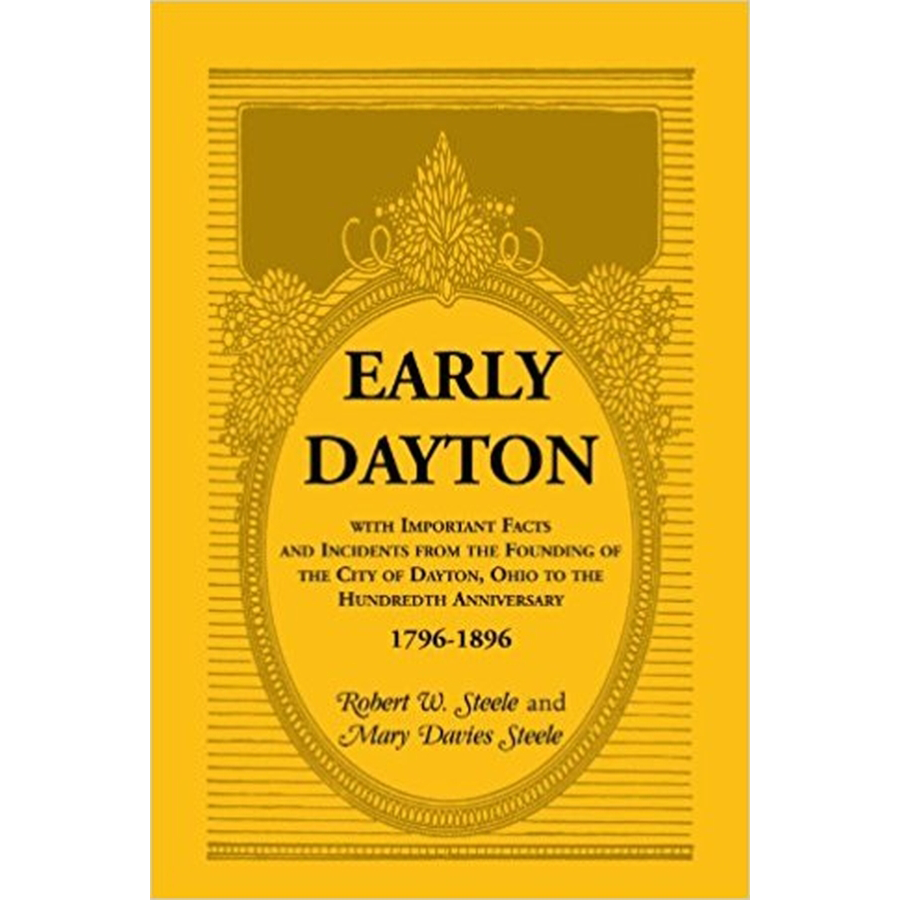Early Dayton, with Important Facts and Incidents from the Founding of the City of Dayton, Ohio to the Hundredth Anniversary 1796-1896
Couldn't load pickup availability
Christopher Gist, Virginia agent to the Ohio Land Company, was the first person to provide a written description, in English, based on his observations of the Dayton area in 1751. This Miami Valley area was considered an "earthly paradise;" however, through continuous conflicts over land possession between settlers and Indians, it came to be known as the "Miami slaughter-house" by the close of the eighteenth century. The authors have gathered a wealth of information from conversations and correspondence with descendants of pioneers, historical texts, periodicals, and Dayton academy records. Brief accounts of individual early settlers, including Daniel C. Cooper and Benjamin Van Cleve, provide insight into daily life in Dayton and offer an abundance of names and events. Individual buildings and locations are described in the context of the community. Chapters detailing the evolution of Dayton are grouped by date, and touch on numerous inhabitants—from the first male child, John W. Van Cleve, born June 27, 1801, to the death of a prominent citizen, Robert Steele. In 1891, Dayton's involvement in the Civil War is given individual attention, and the sentiment of its citizens is clearly expressed: "When Sumpter fell, the excitement in Dayton was painful in its intensity. The people were full of just wrath and eager to avenge the insult to the flag." Numerous photos, illustrations, and maps enrich this work. The final chapter is devoted to historical and statistical tables and includes a chronological record of events, 1749-1896.
Robert W. Steele and Mary Davies Steele
(1896, 1999), 2010, 5.5" x 8.5", paper, index, 300 pp.
ISBN: 9780788412332
101-S1233
